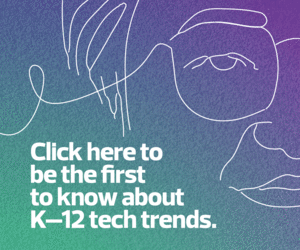As more K–12 schools adopt IaaS and SaaS technologies, they’re quickly finding it’s a crucial technology for supporting the future of education.
Cloud-Based Data Centers Make It Easy to Access IT Resources
With IaaS, or cloud-based servers for compute and storage, the operating expenses model helps districts increase their agility and cost-effectiveness.
Traditional data centers require a sizable investment in hardware that depreciates over time and may not align with a district’s long-term needs. Cloud-based servers, on the other hand, make it possible to shift IT strategies as circumstances change.
EXPLORE: School districts can successfully shift to the cloud with these tips.
That was the case for the West Windsor-Plainsboro Regional School District in New Jersey, which moved to VMware Cloud on Amazon Web Services for disaster recovery initially. When the pandemic hit, it became more than simply a failover solution.
VMC on AWS supported the district’s remote learning pivot, including a jump from 100 virtual desktops to 500. Expanding computing and storage resources in the cloud — and adding 400 VMware Horizon virtual desktop infrastructure instances on-premises — allowed the district’s IT team to deploy capacity where and when it needed.
“We already bought and paid for the cloud, so why not use it?” says IT Manager Harry Doctor Jr. “So, that’s what we decided to do, and it’s all worked out for the better.”
A hybrid data center can also boost performance, says McLaughlin.
“When you have a remote population going straight to the cloud without backhauling through your on-premises data center, that can reduce a lot of the latency,” she says.
Click the banner below to learn how CDW helped a school transition to the cloud.












